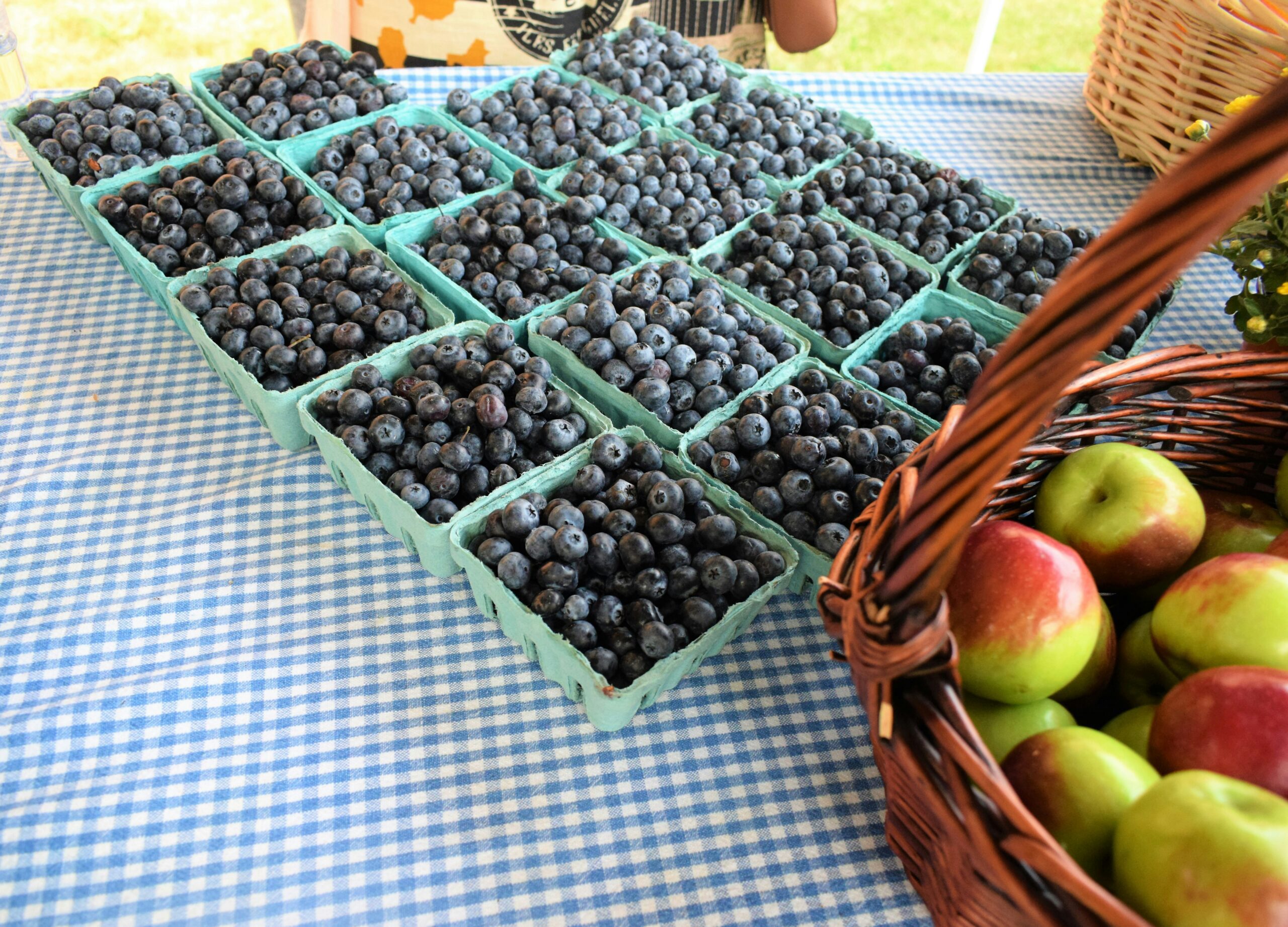

Introduction to the Importance of Food Articles
Food articles have the power to transport readers into a world of flavors, aromas, and culinary adventures. They don’t just share recipes; they weave stories that connect people to their heritage and inspire them in their kitchens. Whether it’s an exploration of local street food or a deep dive into gourmet dining, well-crafted food articles can evoke emotions and spark curiosity.
Creating these pieces is no small task. Behind every delicious description lies a thoughtful process filled with inspiration, research, creativity, and skillful writing. If you’ve ever wondered what goes into crafting an engaging food article that resonates with readers and garners attention online, you’re in for a treat. Let’s take you behind the scenes to uncover the intricate journey from idea to published piece—and maybe help you add some zest to your own writing!
Step 1: Choosing a Topic and Finding Inspiration
Choosing a topic for your food article is like picking the perfect ingredient for a signature dish. It sets the flavor and tone of everything that follows. Start by digging into what excites you about food. Is it regional cuisine? Health trends? Or perhaps a nostalgic recipe from childhood?
Explore various sources for inspiration. Food blogs, social media platforms, or even local farmer’s markets can spark fresh ideas. Keep an eye on seasonal ingredients; they often tell stories worth sharing.
Don’t shy away from personal experiences either. A memorable meal or travel adventure can lead to rich content that resonates with readers.
Always remember: authenticity shines through in writing. Choose topics that reflect your passion and curiosity, and let that energy flow into your words.
Step 2: Researching and Gathering Information
Researching is the backbone of any food article. It sets the stage for credibility and depth.
Start by exploring various sources. Cookbooks, culinary blogs, and academic papers can all offer valuable insights. Each source brings a unique perspective to your topic.
Don’t just skim; dive deep into facts, anecdotes, and statistics. They enrich your narrative and engage readers on multiple levels.
Interviews are another great resource. Speaking with chefs or food enthusiasts adds authenticity to your writing. Their stories often illuminate aspects that books can’t capture.
Also, consider seasonal ingredients or cultural traditions related to your topic. This context not only enhances flavor profiles but also connects readers to broader narratives in the culinary world.
Keep track of where you’ve gathered information from for potential citations later on—this builds trust with your audience while enhancing the quality of your work.
Step 3: Creating an Engaging Title and Introduction
The title and introduction are your first impressions. They need to grab attention instantly. Think of them as the enticing aroma wafting from a kitchen, luring people in.
Crafting an engaging title requires creativity and clarity. Use vivid words that evoke senses or emotions. Phrases like “Ultimate Guide” or “Secret Recipe” can spark curiosity. Consider using numbers too—people love lists.
Your introduction should set the stage for what’s to come. Start with a hook: a surprising fact, a relatable anecdote, or even a question that resonates with readers’ experiences in the kitchen.
Keep it concise but rich with detail. Let your personality shine through while establishing authority on the subject matter. This balance invites readers into your world and encourages them to keep reading for more culinary insights and delicious tips ahead.
Step 4: Writing the Body of the Article
The body of your food article is where the magic happens. It’s your chance to dive deep into the flavors, techniques, and stories behind each recipe or culinary trend.
Start with a strong lead that draws readers in. Use vivid descriptions to paint a picture of the dishes you discuss. Taste should leap off the page; think about how your words can evoke sensory experiences.
Incorporate anecdotes and personal insights. These elements make your writing relatable and engaging. Readers love connecting with an author who shares their passion for food.
Don’t forget structure! Break up text with subheadings, bullet points, or even quotes from chefs or experts if relevant. This keeps it readable and visually appealing.
Keep paragraphs concise but impactful. Each one should serve a purpose—whether it’s informing, entertaining, or inspiring action in the kitchen.
Tips for Making Your Food Article Stand Out
To make your food article shine, focus on storytelling. Share personal anecdotes or intriguing histories about the dish you’re featuring. This creates a connection with readers.
Don’t shy away from vivid imagery. Use descriptive language that engages the senses—aromas wafting through the air, colors bursting on the plate. Let your audience taste it through your words.
Incorporate unique angles or trends in the food world. Highlight local ingredients or cultural influences to add depth and originality.
Visuals matter too; include high-quality images of dishes you discuss. A well-placed photo can draw readers in instantly and keep them engaged longer.
Consider interactive elements—recipes, polls, or links to videos related to cooking techniques can elevate engagement levels while providing added value for your audience’s experience.
Conclusion
Crafting a food article is an art that combines passion, research, and creativity. Each step of the process plays a vital role in delivering quality content that resonates with readers. From selecting the perfect topic to engaging storytelling, every decision shapes the final piece.
Remember to infuse your unique voice into your writing. Use vivid descriptions and relatable anecdotes to draw in your audience. Engage their senses by painting a picture of flavors, aromas, and textures.
As you explore new recipes or culinary trends through your articles, keep authenticity at the forefront. Your enthusiasm will shine through and inspire others along their own gastronomic journeys.
Whether you’re sharing beloved family recipes or uncovering hidden gems in local cuisine, each article has the power to connect people with food on multiple levels. Embrace this creative process fully; it’s not just about what you write but how it makes others feel as they read it. Happy writing!
